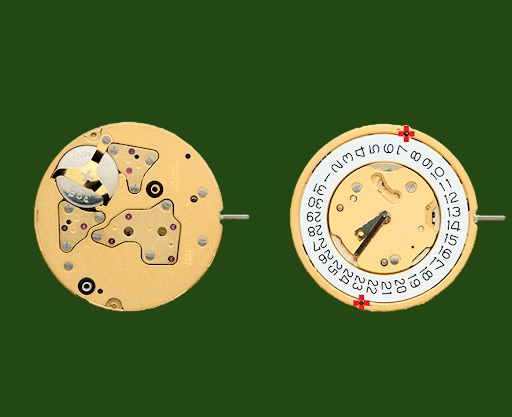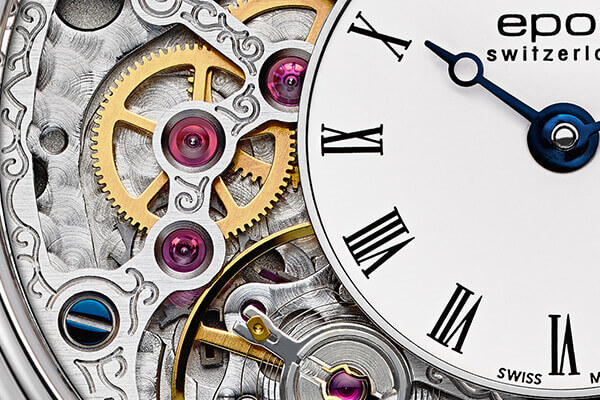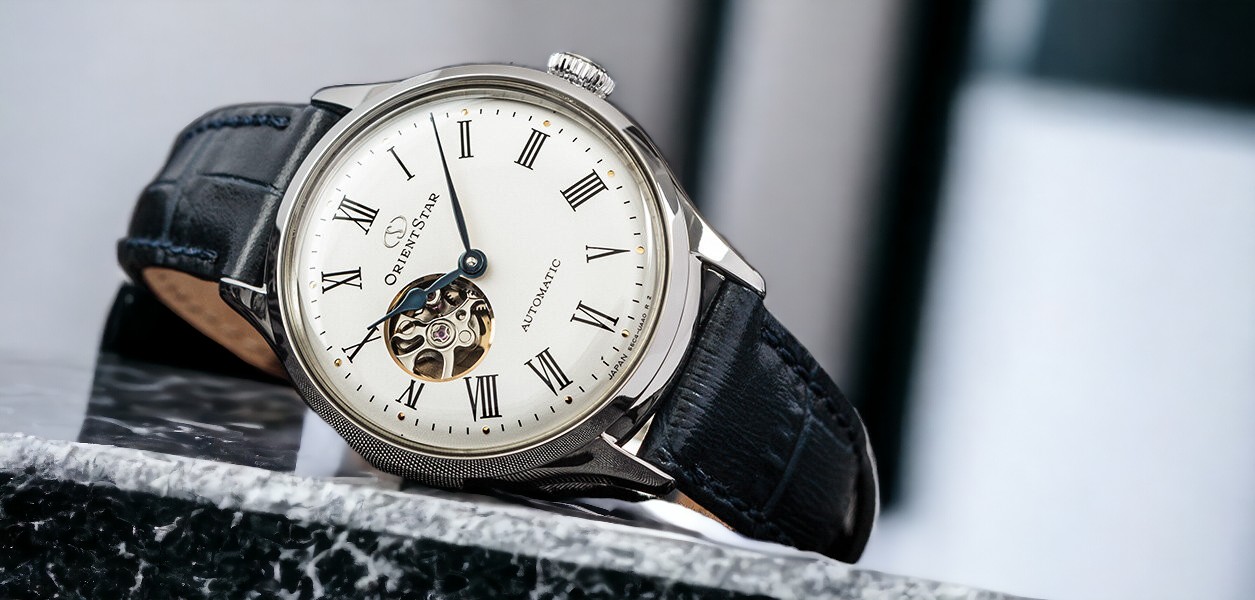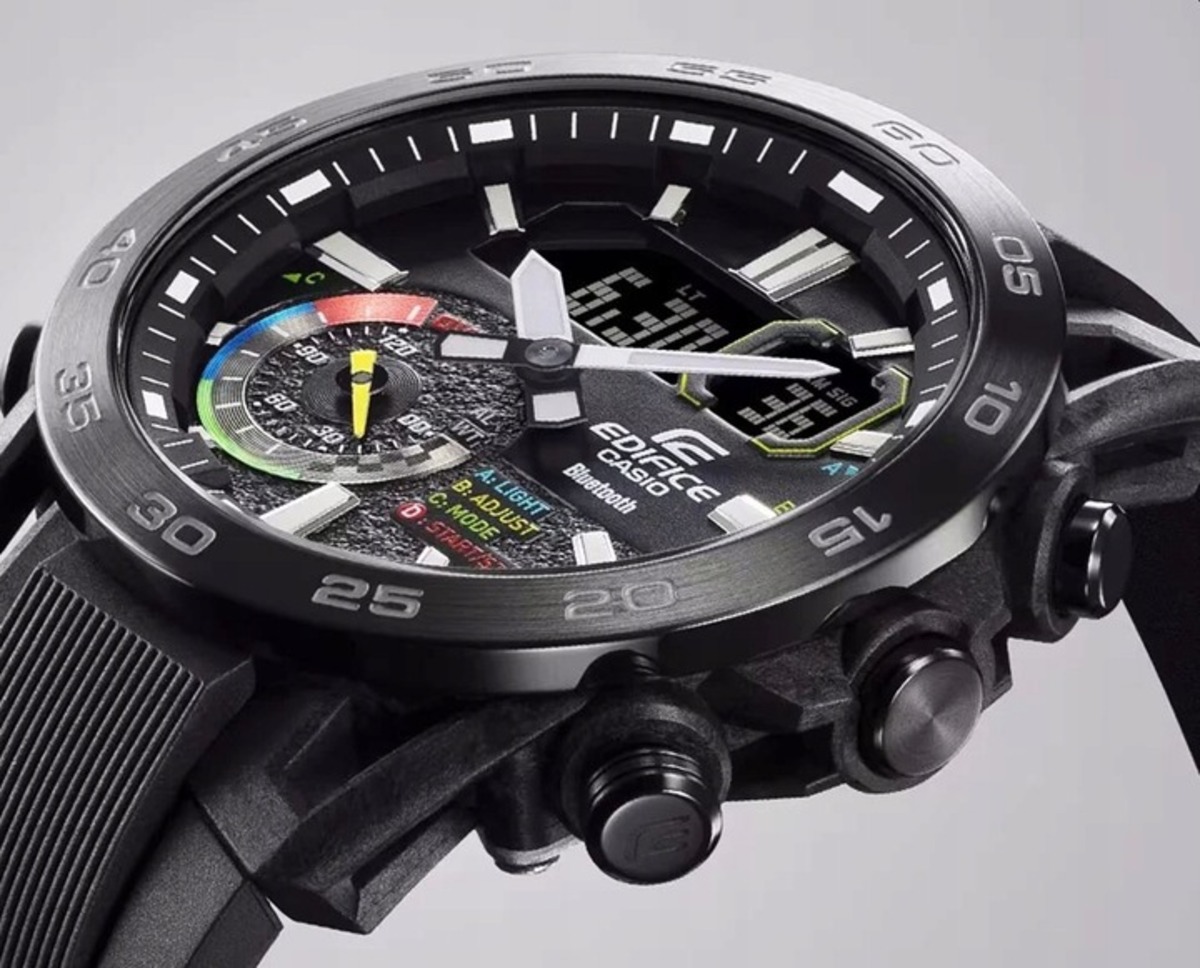Orient Watch – How to Set the Time, Date, and Perpetual Calendar?
Properly setting your Orient watch is key to its precise operation and long lifespan. Whether you own a model with a classic date display or an advanced perpetual calendar, correctly configuring all functions requires the right knowledge and care. Discover how to properly set your Orient watch with our guide.
Setting an Orient watch – the basics of mechanism adjustment
Precise timekeeping starts with correctly setting the mechanism. The crown on Orient watches usually has three positions – each of which corresponds to different functions. In the default position, fully pushed in, the watch operates normally. The first step in setting your Orient watch is to gently pull the crown out to the first position, which allows you to adjust the date. The second position is used to set the time – remember that the second hand should stop during this operation, allowing for precise time synchronization. When adjusting the hands, pay special attention to properly setting the AM/PM cycle, which is crucial for the correct operation of the date change mechanism. After completing all adjustments, gently but firmly push the crown back into the default position to secure the mechanism against accidental changes and ensure the watch's water resistance.
Setting an automatic Orient watch – specifics of a self-winding mechanism
Before adjusting an automatic Orient watch, it’s important to understand its specifics. A self-winding mechanism requires proper winding before its first use – it is recommended to perform about 20-30 turns of the crown clockwise. Setting an automatic Orient watch differs slightly from quartz models due to the delicacy of the mechanism. An essential feature of Orient watches is the ability to manually wind the mechanism via the crown – especially useful when starting the watch after a long break. Simply perform 15-20 turns of the crown back and forth to initiate the mechanism. This is particularly important for those with a sedentary lifestyle, such as working at a desk or computer.
Although the manufacturer states a 40-hour power reserve, limited physical activity may cause the watch to stop overnight, so it’s a good idea to perform several turns of the crown before taking off the watch to ensure its proper operation until the next day. Special care should be taken when adjusting the watch between 9:00 PM and 3:00 AM, as the automatic date change mechanism is active during this period.
It’s also worth mentioning dive models with water resistance up to 200 meters, which feature an additional screw-down crown lock. On these watches, the crown in the default position still slightly protrudes, which may expose it to damage in certain situations.
Example of the interior of a Swiss-made Ronda mechanism
Perpetual calendar and date – advanced timepiece features
The perpetual calendar in an Orient watch is an advanced complication that requires special attention during configuration. The key element is properly aligning the year with the correct month column, which ensures accurate display of weekdays for any date. Date adjustment on an Orient watch should always be done using the crown in the first position, with appropriate care. In models with a perpetual calendar, it is particularly important to avoid adjusting the date during nighttime hours, as this can cause serious damage to the mechanism. When configuring the calendar, be mindful of correctly setting leap years, ensuring the mechanism operates properly for a long time without additional corrections.
Common mistakes and problems during adjustment – practical tips
When setting a watch, it’s essential to be aware of potential pitfalls that could lead to incorrect mechanism operation. One of the most common mistakes is overly forceful manipulation of the crown, which can damage delicate components of the mechanism. Another important consideration is setting the Orient watch at inappropriate times – adjustments made between 9:00 PM and 3:00 AM can result in improper date functionality. Additionally, always note the direction in which the crown is turned when adjusting the date – in some models, turning it the wrong way can damage the mechanism. During daily use, pay special attention to the crown’s position – it should always be fully pushed in to maintain the watch's water resistance. If you have any doubts about adjustment, it is always better to consult an authorized service center rather than risk damaging your valuable timepiece.
How to set a perpetual calendar in an Orient watch? Month and year table
In Orient watches with a perpetual calendar, the month and year table is a key element of correct configuration. Each column in the table corresponds to a specific month, and rows contain the last two digits of successive years. Correct alignment of these elements allows for flawless weekday readings. During configuration, first locate the current month at the top of the table, then find the corresponding year. This system is designed to repeat every 28 years, meaning the arrangement of weekdays will be identical for years spaced apart by this period. In practice, this means that if, for example, you want to check which weekday a particular date in the next year falls on, simply find the correct combination in the table. Pay special attention to the turn of the year, as this will require adjusting the indicators to the next column.
Advanced perpetual calendar features – from theory to practice
Utilizing the full potential of the perpetual calendar requires understanding its advanced functions. In addition to standard date display, the mechanism automatically accounts for the varying number of days in months and leap years. This is particularly useful for long-term planning, such as checking which weekday a specific future date falls on. Take note of the special leap year indicator, which in some models is marked with a distinctive symbol or color. When using these features, remember that all adjustments are best performed in the morning or afternoon, avoiding the nighttime timeframe. Another convenient feature is the ability to quickly check the weekday for any date within the calendar’s range, making it especially helpful for planning events far in advance.
Epos men’s watch by Epos
Maintenance and daily care – the key to a long-lasting mechanism
Proper maintenance is the foundation of long-term, trouble-free operation for any watch. For models with a perpetual calendar, it’s especially important to regularly check all functions and handle the mechanism delicately during any adjustments. If you notice any irregularities with the date display or calendar, do not attempt to forcefully correct the settings. It’s safer to consult an authorized service center. Additionally, remember to schedule regular technical inspections to detect potential issues before they become serious. During daily use, ensure the crown is securely tightened after each adjustment – this is essential for maintaining the watch's water resistance. Proper care of the mechanism will not only guarantee its reliable performance but also help preserve the watch’s value for many years.
Looking for the perfect Orient watch or other luxury brands? Explore the wide range of exclusive timepieces available at WestWatches. Whether you’re interested in a quartz watch or an automatic one, you’ll surely find a model perfectly suited to your needs and taste. Welcome!
See popular articles

Why is a watch worn on the left wrist? We explore the origins of this rule!
Why is a watch worn on the left wrist? This question returns regularly, especially when someone wears it differently than most people. Although it might seem like a matter of fashion or chance, there's specific history, comfort, and watchmaking logic behind this choice. Check what really lies behind this everyday habit – and whether it's still worth sticking to it today.

Chronograph in a watch – what is it, how does it work, and what is it for?
Zegarki z chronografem od lat przyciągają uwagę nie tylko wyglądem, ale też funkcjonalnością. Choć dla wielu to po prostu dodatkowe tarczki i przyciski, w rzeczywistości kryje się za nimi precyzyjne narzędzie do pomiaru czasu. Jeśli zastanawiasz się, co to jest chronograf, jak działa i czy warto mieć go w swoim zegarku, ten artykuł pomoże Ci zrozumieć wszystko w prosty i praktyczny sposób.

What does a 5 ATM water resistance rating mean on a watch?
You see "5 ATM" marking on your watch dial and wonder what it actually means? Although it sounds technical and gives the impression of solid water protection, reality can be more complicated. Before you dive into a pool with your watch, learn the limitations and pitfalls of this popular water resistance class. This way you'll avoid costly mistakes.

Types of watch glass - learn the differences between mineral, sapphire and acrylic
Choosing the right glass in a watch is more than just a matter of aesthetics - it's a decision that affects the durability, comfort and daily use of the timepiece. Whether you're considering mineral, sapphire or acrylic glass, it's worth learning about their strengths and weaknesses in order to make an informed choice - and not just "by eye."

Which watch for manual labor? Welcome to our ranking of durable models!
Looking for a watch that can handle tough conditions and won't let you down during an intense day in the field? You've come to the right place. Not every timepiece is suitable for manual labor - some watches are fragile, prone to scratches or simply unsuited to withstand contact with dust, moisture or strong shocks. In this article we suggest which watch for manual labor will be the best choice, and present a ranking of durable models that combine durability with practical functionality.

How to clean a watch bracelet – step-by-step guide
Over time, even the nicest watch with a bracelet can lose its charm - all it takes is daily contact with skin, sweat and cosmetics. Fortunately, cleaning a watch bracelet can easily be done by yourself, without specialized equipment. In this tutorial, I will show you how to restore the luster of any watch step by step, regardless of the material of the bracelet.

Fogged watch glass – what to do when steam appears under the glass?
A fogged-up watch glass can surprise you when you least expect it - in the morning before going out, after a walk in winter or after a hot bath. It does not always mean failure, but it is never worth ignoring. Find out exactly what a fogged up watch means, where the steam under the glass comes from and how to deal with it effectively - before it's too late.

James Bond's watch – which models did Agent 007 wear?
Bond's watch is not just an accessory - it's part of Agent 007's identity. Over six decades, actors, scripts and gadgets have changed, but one thing has remained constant: there has always been a unique timepiece on James Bond's wrist. Sometimes elegant, sometimes armed with technology, but always precisely matched to the style and era. If you're wondering why James Bond watches have made such a mark on pop culture history, this guide will dispel your doubts.

Quartz movement in a watch – what does it mean and how does it work?
The quartz movement is one of the greatest achievements of modern watchmaking – precise, reliable, and virtually maintenance-free. Thanks to it, quartz watches have become an everyday standard, combining technology with ease of use. It is this inconspicuous innovation that has given timepieces a new dimension – practicality and accuracy that does not require your attention every day.












